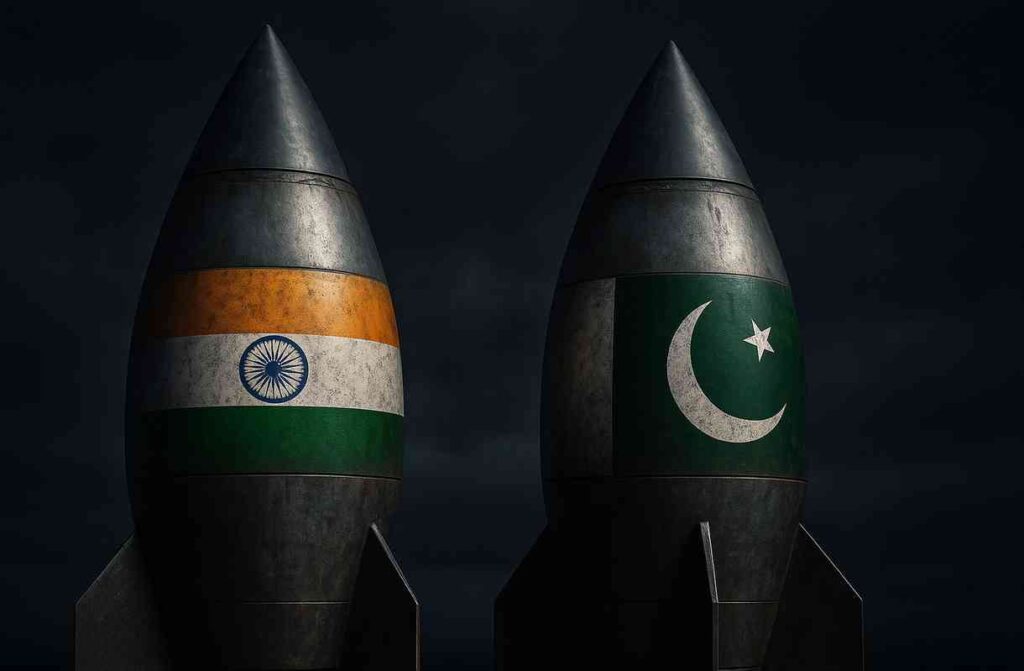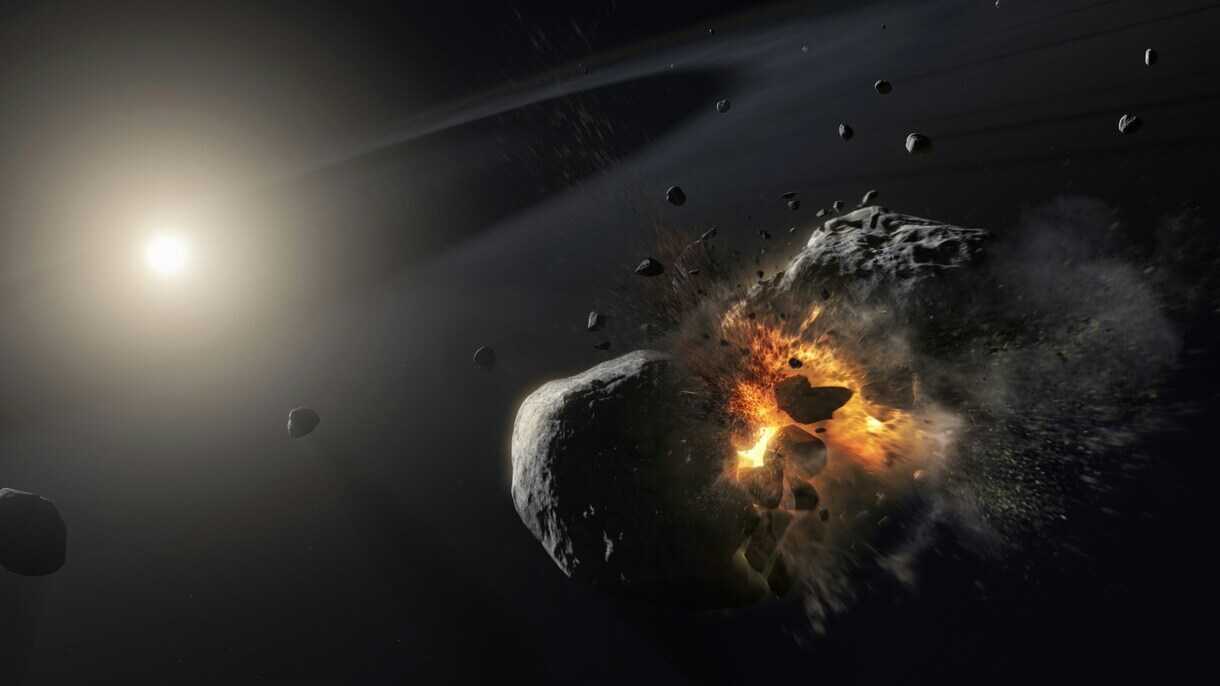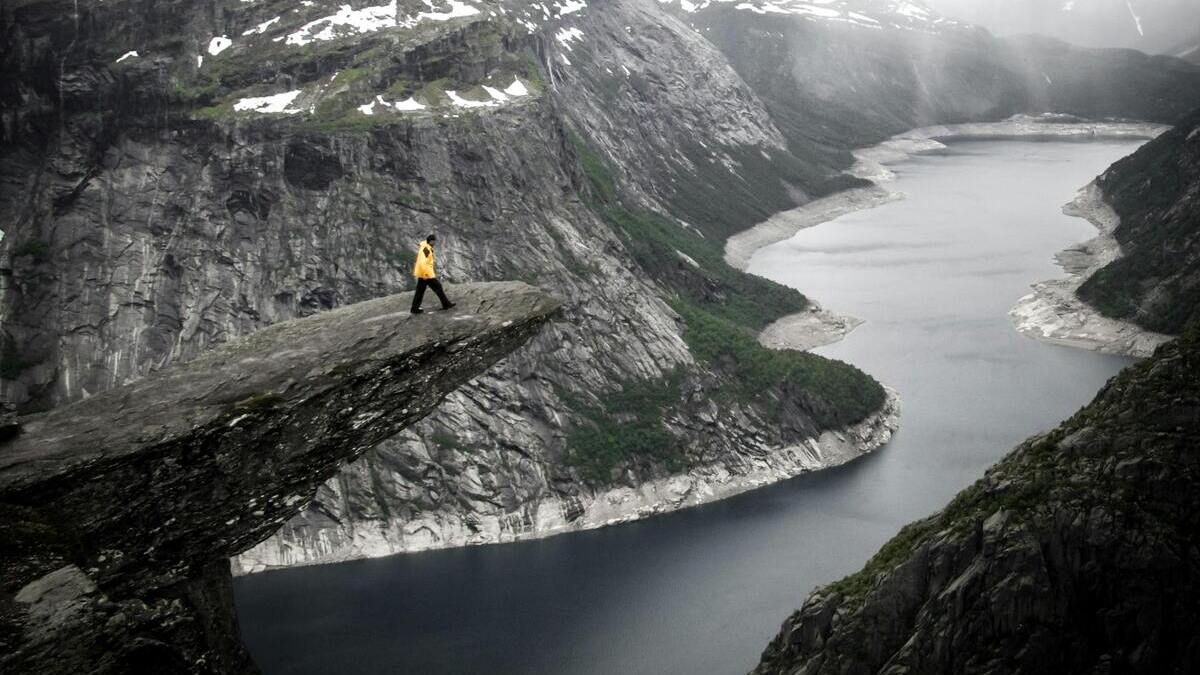Truth & Goodness
Asteroid 2032 Near-Miss: How the Human Brain Reacts to Global Fear
30 November 2025

From time to time alarming headlines pop up: “Two nuclear powers on the brink of total war” or “Has World War III already begun?” When you see those, check if they’re about the India–Pakistan conflict. Does it really take just a pretext for war?
The conflict between these states is as old as they are in their present form — perhaps even older. In the 18th–19th centuries, the British took control of virtually all the territory that today makes up India, Pakistan, and Bangladesh. However, they couldn’t directly control such an enormous area with such a vast population. Therefore, they had to cooperate with local elites and draw them into imperial governance. They applied the maxim the ancient Romans called “divide et impera” — divide and rule. In practice, the British exploited existing divisions and created new ones to make the colonial exploitation of India easier.
One division they strengthened rested on religion. By skillfully pitting Muslims against Hindus, they triggered splits within the independence movement. At a certain point, Muslims began to call for their own sovereign state named Pakistan — from the first letters of the provinces: Punjab, Afghania, Kashmir, Sindh, with the ending taken from Balochistan. In these areas, Muslims formed the majority of the population.
After World War II, the British realized they would not be able to hold on to the colony in India and decided to withdraw. Activists from the independence movements in India and Pakistan took power. The partition of the country was to proceed along religious lines. Pakistan received territories in the west and, in addition, in the east — in the eastern part of Bengal, where Muslims formed the majority.
They also divided Punjab, a province of great importance both economically and culturally. From areas taken by Pakistan, people often expelled Hindus and Sikhs — frequently with great violence. Likewise, in many places that became part of India, people forced out Muslims in similar ways. The brutality of this process cut deep into society and left a trauma that has lasted for decades.
Founded in 1947, Pakistan split into two parts — West and East. The eastern part was East Bengal, today’s Bangladesh. Thousands of kilometers separated the two, and they differed in almost every respect except religion — in East Bengal, too, Muslims formed a majority.
Worth reading: India: A Nation between East and West. The Rise of a New Global Power?
The “K” in the word “Pakistan” stood for Kashmir. And indeed, Kashmir turned out to be the most problematic province. It is an extraordinarily beautiful place — mountains, hills, lakes, lush vegetation — and a climate more bearable than hot Delhi or Lahore.
For centuries, Kashmir remained a peaceful, almost storybook destination where Indian (and British) elites went to rest. After the British withdrew, the local ruler, himself a Hindu, signed accession documents to join his province to independent India rather than to Pakistan, even though the principle applied elsewhere would have pointed to religion — Kashmir’s population was predominantly Muslim.
That decision triggered a months-long war, which ended with the so-called Line of Control that divided Kashmir into a Pakistani part and an Indian part. Both sides fortified the line, which is not, however, a formal border. From those times on, it has become standard for armed incidents to occur along the Line of Control every few days or weeks, sometimes ending in the deaths of soldiers or civilians.

Another war broke out in 1965, triggered by an uprising in Indian-administered Kashmir that Pakistan helped provoke. It lasted several weeks. Several thousand people died during the fighting. Nevertheless, the war brought no significant resolution. Its quick end was possible thanks to mediation by the United States and the Soviet Union — neither superpower wanted this conflict to grow beyond measure.
The war of 1971 proved far more important. In East Pakistan, frustration had been mounting for a long time because elites from West Pakistan exploited that province. At the same time, the central authorities suppressed the local Bengali language spoken by the vast majority of residents.
At the beginning of 1971, an uprising broke out, and the Pakistani army crushed it with exceptional brutality, killing civilians as well. In fear of the military, 10 million people fled to India. In this situation, New Delhi decided to act and launched a large-scale military intervention. As a result, Pakistan’s army surrendered, and the eastern part of the state broke away, thereby creating independent Bangladesh.
After these events, India–Pakistan relations settled into a new normal. Pakistan shed its artificial, two-part structure, absorbed a painful “lesson,” and focused on solving domestic problems. In turn, India did not succumb to triumphalism. Both sides returned to the Line of Control and to recurring incidents there, which, however, did not escalate into a more serious conflict. In 1974, India conducted a successful nuclear test and gradually built up its nuclear arsenal. Pakistan also developed its own nuclear program. In 1998, it carried out successful tests and joined the club of states possessing the atomic bomb.
In 1999, a short war broke out in Kargil, sparked by movements of guerrillas supported by Pakistan’s army. Again, after several weeks of escalation, tensions decreased and both sides returned to previously held positions. Similar events, though on a smaller scale, occurred several more times later. There were also shellings of targets in Kashmir and, occasionally, beyond Kashmir.
In 2008, terrorists operating from Pakistan attacked a prestigious hotel in Mumbai. In 2019, India carried out an important administrative reform by abolishing Kashmir’s autonomous status and carving out the Ladakh province. That move provoked protests from Pakistan, yet it did not start another war.
Read also: Russia Is Banned, But Israel Isn’t. The Double Standards of Sports
The history of the India–Pakistan conflict shows that both sides manage it in a way that prevents it from escalating too much or overshadowing more politically important matters. While both countries were deeply invested in the Kashmir conflict until quite recently, over the last decade India has reevaluated its foreign policy, so the issue no longer eclipses global priorities.
Both India and Pakistan possess nuclear weapons — in quantities so vast that detonating their arsenals would spell devastation for significant parts of both countries. This is an outcome neither Islamabad nor New Delhi wants.
The most recent episode of the conflict involved an exceptionally bloody attack in a tourist town in Indian-administered Kashmir, which prompted an Indian response and then a Pakistani reply. In theory, both sides are prepared for a larger war, but there is no indication that this will happen in the foreseeable future. And — it must be added — from Poland’s perspective, this is very good news.
Read the original article: Czy wystarczy pretekst? Te kraje są na granicy wojny
Truth & Goodness
30 November 2025

Truth & Goodness
30 November 2025


Zmień tryb na ciemny